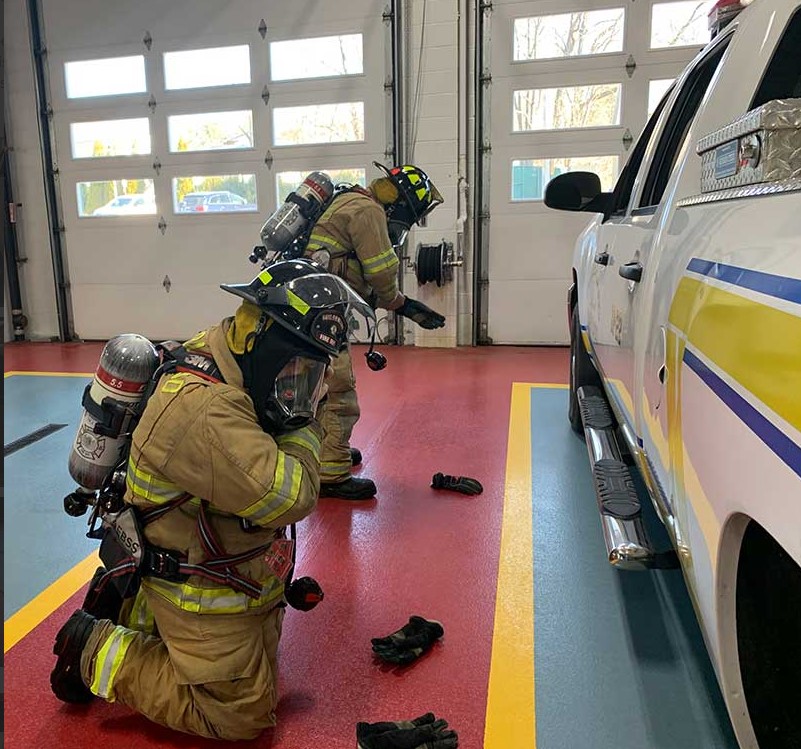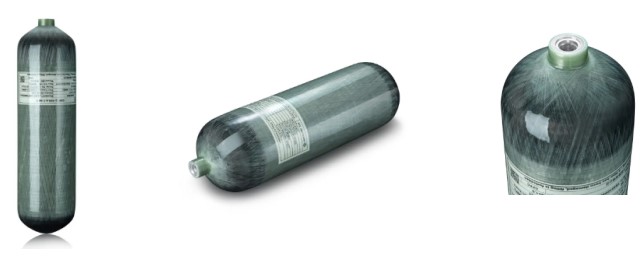Self-Contained Breathing Apparatus (SCBA) equipment is vital for the safety of firefighters, industrial workers, and emergency responders who operate in hazardous environments where breathable air is compromised. Compliance with industry standards and regulations for SCBA equipment is not only a legal requirement but a crucial factor in ensuring the safety and effectiveness of these life-saving devices. This article explores the importance of adhering to these standards and the impact it has on the safety of SCBA users.
Regulatory Framework
SCBA equipment is regulated under various international and national standards, including those set by the National Fire Protection Association (NFPA) in the United States, the European Standard (EN) in the European Union, and other specific regulations depending on the country and application. These standards specify the requirements for design, testing, performance, and maintenance of SCBA units to ensure they provide adequate respiratory protection.
Design and Manufacturing Compliance
Compliance in design and manufacturing is critical. SCBA units must be designed to meet specific performance criteria such as air supply duration, pressure rates, and resistance to heat and chemicals. Manufacturers must rigorously test SCBA units to ensure they perform safely under extreme conditions. This includes durability tests, exposure to high temperatures, and ensuring reliable functionality in diverse and demanding environments.
Regular Testing and Certification
Once SCBA units are in use, regular testing and maintenance are required to maintain compliance. This involves periodic checks and recertification to ensure the equipment meets safety standards throughout its operational life. Testing includes checking air quality, valve performance, and mask integrity. Failure to conduct these tests can lead to equipment failure, putting users at significant risk.
Training and Proper Usage
Adhering to standards also involves proper training in the use of SCBA equipment. Users must be trained not only in how to wear and operate the units but also in understanding their limitations and the importance of regular maintenance checks. Training ensures that personnel can make informed decisions about when and how to use SCBA gear safely.
Legal and Ethical Implications
Non-compliance with SCBA standards can have severe legal and ethical implications. In the event of an accident or injury, the lack of compliance can lead to legal action against organizations for failing to provide adequate safety measures. More importantly, it poses a moral risk, potentially endangering lives that could have been protected with compliant equipment.
Technological Innovations and Future Compliance
As technology evolves, so do the standards for SCBA equipment. Continuous improvements and innovations in materials, design, and functionality require updates to regulatory standards. Organizations must stay informed about these changes to ensure ongoing compliance and safety.
Conclusion
Compliance with SCBA standards is a comprehensive process that involves multiple stakeholders, including manufacturers, regulatory bodies, organizations that use SCBA gear, and the individuals who rely on it for protection. It requires a commitment to safety, rigorous testing, and continual education and training. By adhering to these standards, organizations help ensure the highest level of safety for their personnel and compliance with legal requirements, thereby safeguarding both lives and liabilities.
This detailed breakdown not only highlights the critical aspects of SCBA compliance but also serves as a guide for organizations looking to enhance their safety protocols through strict adherence to established standards.
Post time: Apr-19-2024


